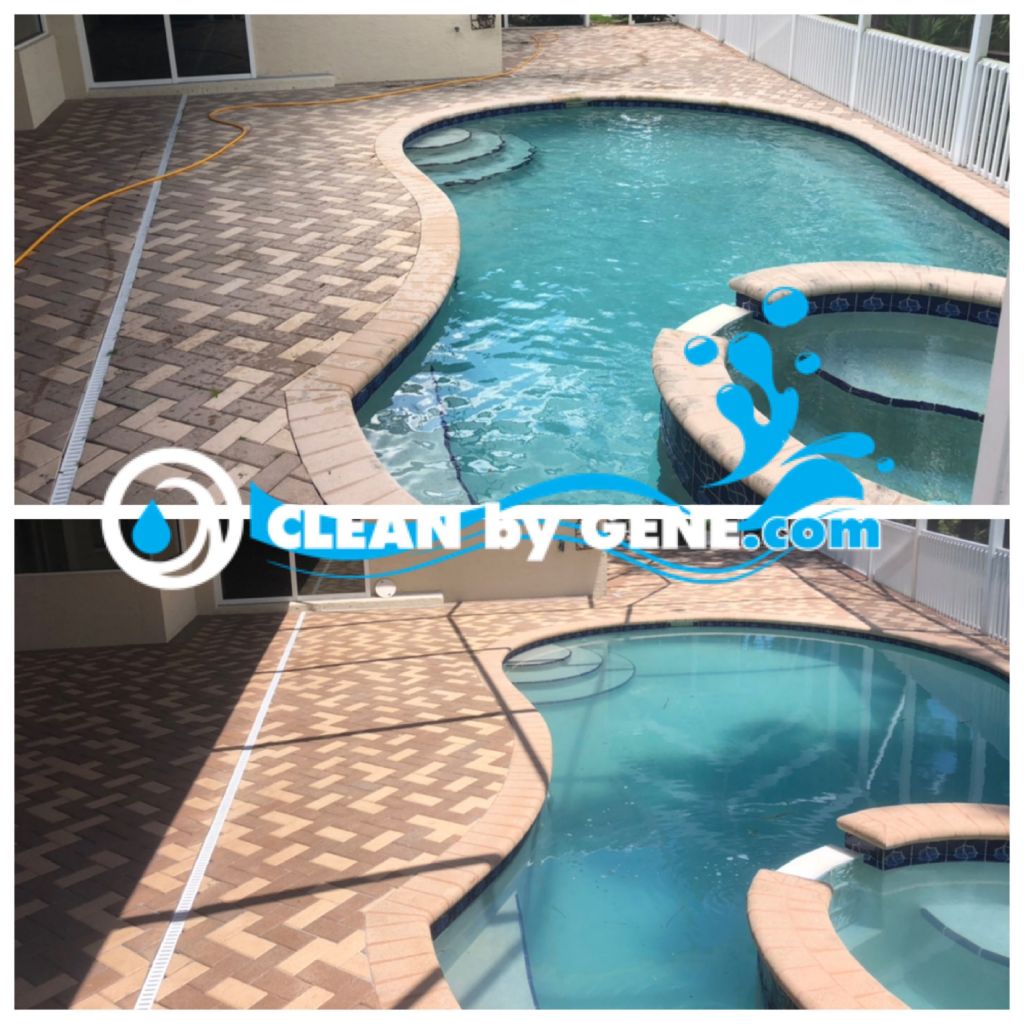You might have just had your pavers installed or maybe it’s been a while and they’re starting to look dull or dirty you need to do some paver maintenance. You think of yourself as a handy person and sealing those pavers seems like a doable task. But there are a few steps and techniques that can help your paver sealing project turn out just like a professional’s work.
Paver Maintenance
If your paver was just installed, it’s recommended to wait 15-30 days for it to “cure” before applying a paver sealer. During the wait, hose down the pavers a few times so any imperfections that might need attention come to the surface.
Pull or remove any weeds growing up through the cracks.
Level out any uneven pavers by removing them, adding or removing the base sand as needed.
Treat mildewed areas with bleach. Rinse after a few hours.
First and oh so important, is starting with a surface that’s clean. No, you’re not going to have a lab-clean surface with outside pavers, but you can get it ready to accept the paver sealer you’ll be putting down. Overall, a good power wash can be very effective here as long as you use it in a moderate or light setting. If you don’t have the equipment, a stiff brush and soap can work as well.
Let the area dry thoroughly so no moisture can get trapped under the coating during your paver maintenance.
Using a broom, add any sand from the cracks that may be missing or that came out while you were cleaning. Make sure the sand is at least 1/8 inch below the paver surface. Use fine sand such as the type below a backyard swing.
Purchase a high-quality sealer. Use a water-based sealer if your pavers are laid with joint sand. It will harden the joints and penetrate better into the pavers. Solvent sealers can give a higher glass but do not harden sand as well. Use solvent-based products when you don’t have joint sand.
Consider the slip-factor as glossier finishes will have more slip and may not be suitable around pools or where kids run around. You might be able to add some grit or non-slip additive.
You can apply the sealer with a garden sprayer or a roller. Be careful to lay down even layers or coats. Some thicker sealants may require backrolling even if sprayed on. Read your product’s instructions to see what thickness of roller cover is suggested.
Plan to finish the whole job at one time. Don’t forget to plan how you will exit once you finish so you won’t be forced to walk on the pavers.
The best temperature for paver sealing is 75 degrees Fahrenheit and sunny. Read your product directions to see if there are limits to application in extreme weather.
Let the first coat dry for at least two hours. Once dried, you can decide if it needs another coat, but a second coat will add to the life of the sealant. The final coat needs to dry for at least 24 hours.
Read your instructions for cleaning your equipment and hands.
avers
Pavers should be resealed 3 years after the first time and then every 5 years after that.

